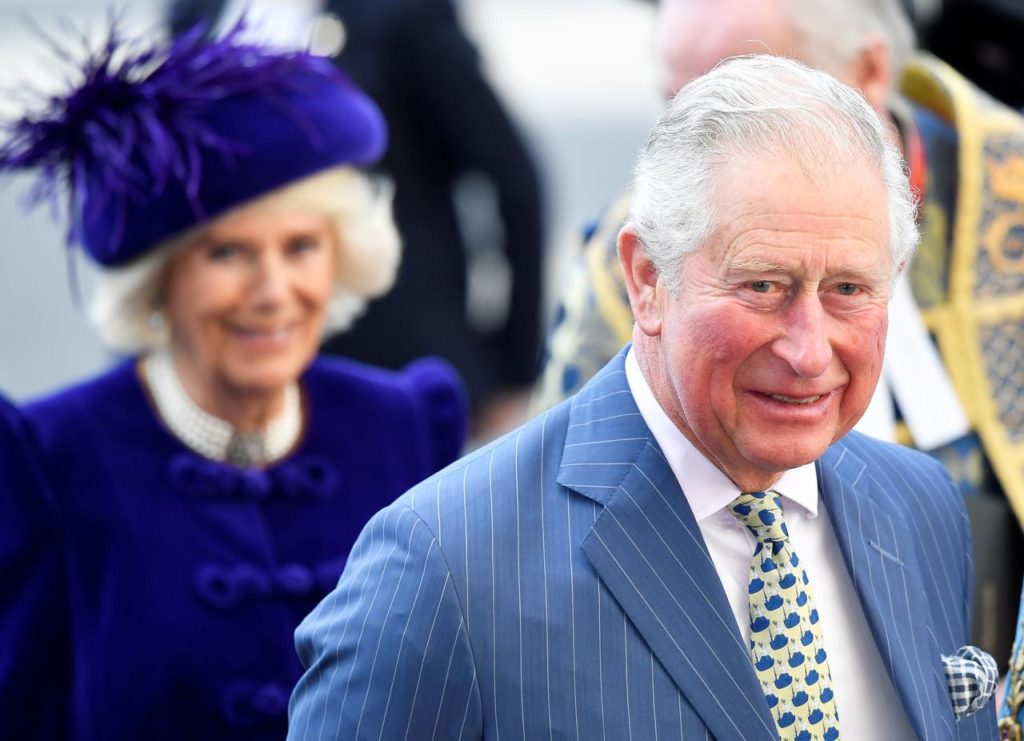HAVANA –– British Prince Charles and his wife Camilla embark on a Caribbean tour on Sunday during which they will become the first British royals to visit Communist-run Cuba, even as the island faces rising hostility from the U.K.’s closest ally, the United States.
The royals will kick off their 12-day tour of ten islands with a visit to St Lucia, continuing onwards to Barbados, St. Vincent and the Grenadines, St. Kitts and Nevis, and Grenada, according to their private office. Many of the islands are former British colonies and retain Charles’ mother Queen Elizabeth as head of state.
On March 24, the royal couple will land in Havana for a three-day visit at the request of the British government to underscore warming British-Cuban ties, where they will dine with Cuban President Miguel Diaz-Canel, who replaced Raul Castro last year.
Charles, the heir to the British throne, already met the president last November on his 70th birthday, when Diaz-Canel was visiting London.
“This is an acknowledgement not only of Cuba’s people, but also of the government, and tells the United States we are not that isolated,” said Havana resident Cira Llerena, 70.
The visit forms part of a broader normalization of relations between the communist-run country and Western nations. Over the past five years, Cuba has taken steps towards an opening that has seen a growth in free enterprise, Internet connectivity and foreign investment.
The initial enthusiasm over that opening, however, has subsided since U.S. President Donald Trump took power, vowing to roll back a detente initiated by his predecessor Barack Obama and returning to Cold War rhetoric.
The trip comes as the Trump administration is intensifying attempts to end what it views as Latin America’s “troika of tyranny” – the socialist governments of Venezuela, Nicaragua and Cuba – and has sparked some controversy.
U.S. Senator Rick Scott in Florida, home to the largest community of Cuban exiles, had urged Charles publicly to cancel his trip and instead visit Florida to meet with dissidents.
In a video posted on Twitter, the British ambassador to Cuba, Antony Stokes, said the visit reflected Britain’s growing relationship with Cuba, including greater cooperation in fields like biotech and renewable energy.
Charles, a vocal environmentalist, will visit a solar farm in Cuba being built by a British company. He will also hear about the island’s plans to tackle climate change.
“That doesn’t mean we agree on everything – we don’t – but meaningful diplomacy can help us to talk more closely on issues both where we agree and where we differ,” Stokes said.
DIANA MEMORIAL IN HAVANA
While communism and royalty may seem unlikely companions, in a corner of Havana’s bustling historic center lies an unexpected homage to Britain’s monarchy: a small memorial garden for Princess Diana, Charles’ late first wife.
“She was very beloved in Cuba,” said Margarita Rego, 73, who works for the office of the city’s official historian and said Cubans had heard about her in magazines from abroad.
Cubans would sometimes lay flowers at the foot of a marble sculpture by artist Juan Narciso Quintanilla showing a sun representing her luminosity, she said.
Workers were busy pruning plants and fixing the fountain as Charles is expected to pay it a visit during a tour of Old Havana, she added.
But many in the former Spanish colony know little of the British royals, while others are indifferent.
“So many foreigners have come here and yet everything continues the same,” said Julio Poyato, 76, complaining about Cuba’s beleaguered, still highly centralized economy.
“There are no eggs, chicken, nothing at all,” said the former welder, who struggles to live off a pension of around $10 per month, referring to chronic shortages of basic goods in Cuba.
Charles is set to meet some of the entrepreneurs breathing new life into the economy, despite heavy restrictions, as well as a group of owners of British classic cars.
He and Camilla will conclude their Caribbean tour with a visit of the Cayman Islands, a British overseas territory.
–REUTERS

